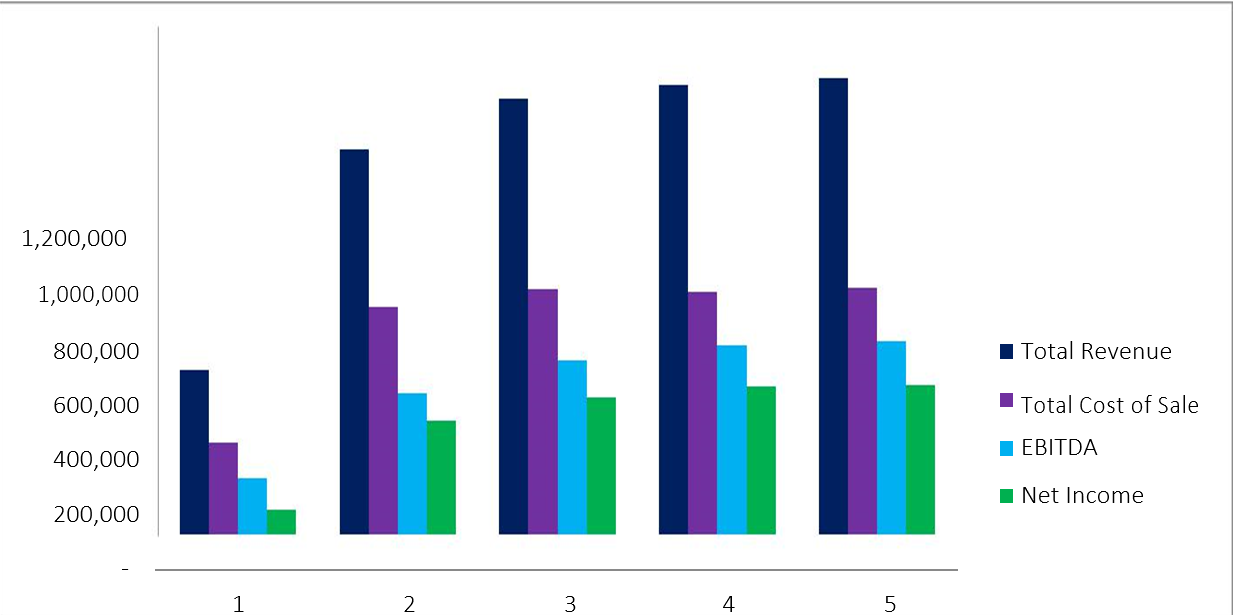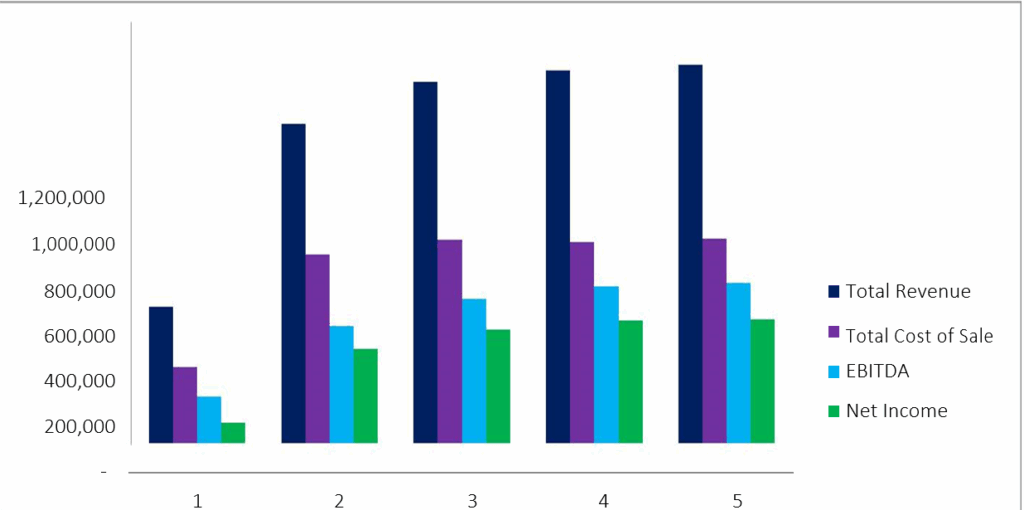
Creating a comprehensive business plan is a critical step for anyone looking to start or expand an agribusiness. This detailed guide will help you understand the key components and steps required to develop an effective business plan that can attract investors, guide your business growth, and ensure long-term success.
Q1: What is a Business Plan, and Why is it Important for Agribusiness?
A: A business plan is a formal document that outlines your business goals, strategies, market analysis, financial projections, and operational plan. For agribusinesses, it is crucial because it helps you:
- Clarify Vision and Goals: Clearly define what you want to achieve.
- Attract Investors: Provide a roadmap that potential investors can review to assess the viability of your business.
- Guide Operations: Serve as a reference for day-to-day operations and long-term planning.
- Risk Management: Identify potential risks and develop strategies to mitigate them.
Q2: What are the Essential Components of a Comprehensive Agribusiness Plan?
A: A comprehensive agribusiness plan should include the following sections:
- Executive Summary: An overview of your business, including mission statement, objectives, and key highlights.
- Business Description: Detailed information about your agribusiness, including the type of farming, products, and services.
- Market Analysis: In-depth research on the industry, target market, competition, and market trends.
- Organization and Management: Structure of your business, including ownership, management team, and staffing plan.
- Products and Services: Description of what you offer, including production methods, crop cycles, and value-added products.
- Marketing Strategy: How you plan to attract and retain customers, including pricing, promotion, and distribution strategies.
- Operational Plan: Day-to-day operations, including location, facilities, equipment, and technology used.
- Financial Projections: Detailed financial statements, including income statements, cash flow statements, and balance sheets. Include funding requirements and financial strategies.
Q3: How Can I Conduct an Effective Market Analysis for My Agribusiness?
A: Conducting a market analysis involves researching and understanding your market and competition. Here’s how:
- Identify Your Target Market: Determine who your customers are, their needs, and purchasing behavior. For example, if you are targeting urban markets in Nigeria, you might focus on high-demand crops like tomatoes and leafy greens.
- Analyze Market Trends: Look at current trends in the agribusiness sector. This includes understanding seasonal demands, price fluctuations, and emerging market opportunities.
- Evaluate Competitors: Identify your direct and indirect competitors. Analyze their strengths, weaknesses, pricing strategies, and market share. For example, studying successful agribusinesses like Farmcrowdy in Nigeria can provide insights into effective strategies【19†source】.
Q4: What Marketing Strategies Should I Include in My Business Plan?
A: Your marketing strategy should address how you plan to promote and sell your products. Consider the following:
- Product Differentiation: Highlight what makes your products unique. For instance, if you practice organic farming, emphasize the health benefits and quality of your produce.
- Pricing Strategy: Set competitive prices based on market research. Ensure your pricing covers costs and provides a profit margin.
- Distribution Channels: Determine how you will get your products to market. This might include direct sales at local markets, online sales, or partnerships with retail stores.
- Promotional Activities: Plan how you will market your products. This can include social media marketing, participation in agricultural fairs, and collaborations with influencers in the agribusiness niche.
Q5: What Financial Projections are Necessary for an Agribusiness Plan?
A: Financial projections are critical for showing the viability of your business. Include:
- Income Statement: Project your revenues, costs, and profits for the next 3-5 years. Include assumptions about yield, pricing, and sales volumes.
- Cash Flow Statement: Show how cash flows in and out of your business, highlighting periods of high and low cash flow.
- Balance Sheet: Provide a snapshot of your business’s financial position, including assets, liabilities, and equity.
- Funding Requirements: Detail the amount of capital you need, how you will use it, and potential sources of funding. For instance, you might seek loans, grants, or investments from organizations supporting agribusiness in Africa.
Conclusion
Developing a comprehensive business plan for your agribusiness is essential for success. By including detailed market analysis, a solid marketing strategy, and realistic financial projections, you can attract investors, guide your operations, and achieve your business goals. Learn from successful examples in Nigeria and Africa, and adapt their strategies to your unique context.
For more valuable insights and detailed guides, subscribe to our newsletter and become part of our community of innovative agripreneurs.
Stay ahead in the agribusiness world with the latest news and tips by subscribing to our blog.


